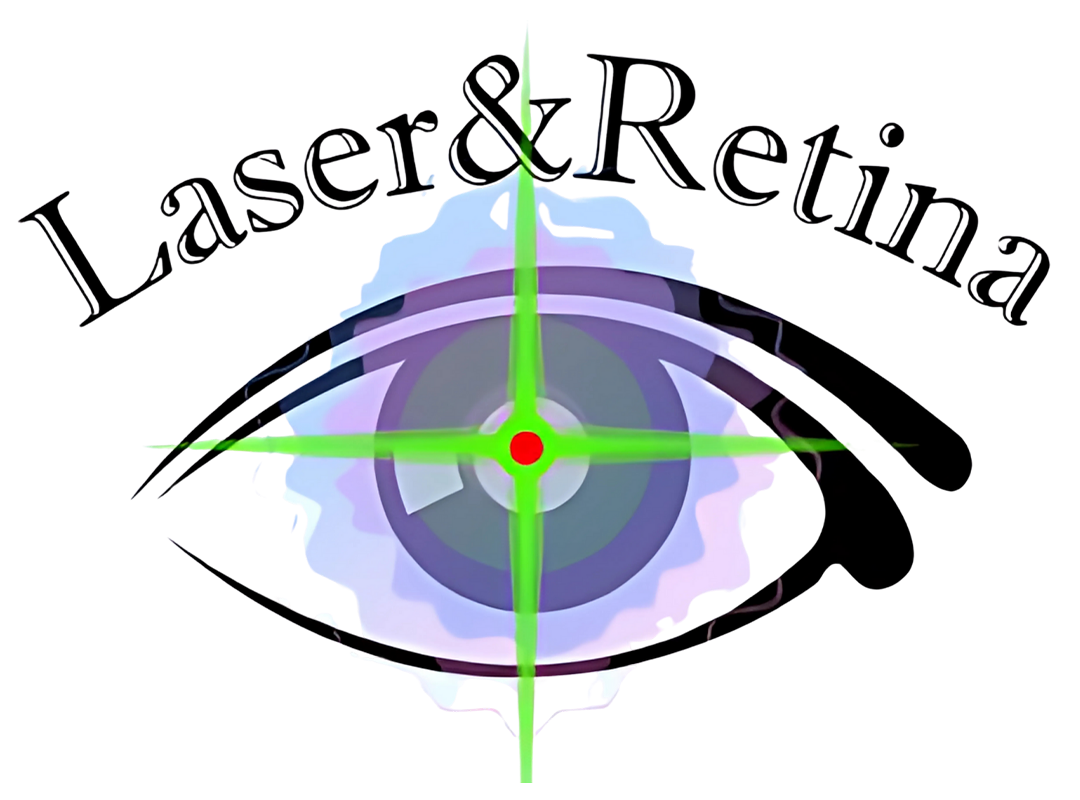Dry Eye Syndrome
What is Dry Eye Syndrome?
Dry Eye Syndrome, also known as Dry Eye Disease (DED), is a common condition where the eyes do not produce enough tears, or the tears evaporate too quickly. This leads to inflammation and damage to the eye’s surface, resulting in discomfort and potential vision disturbances.
It affects millions of people worldwide and is becoming increasingly prevalent due to environmental factors, digital screen use, and aging.
Symptoms of Dry Eye
Dry eye symptoms can vary in severity but often include:
- Burning, stinging, or gritty sensation
- Redness or irritation
- Blurry or fluctuating vision
- Sensitivity to light (photophobia)
- Excessive tearing (reflex tearing)
- Feeling like something is in the eye (foreign body sensation)
Symptoms often worsen after screen use, reading, or exposure to air conditioning or windy environments.
Comprehensive eye care
- Uveitis and Ocular Immunological Reactions
- Neuro Ophthalmology
- Digital Eye Strain
- Dry Eye Management
- Amblyopia / Lazy Eye Management
- Epiphora / Watery Eyes
Causes and Risk Factors
Dry eye can result from a variety of factors, including:
Tear Deficiency
- Age-related decrease in tear production
- Autoimmune diseases (e.g., Sjögren’s syndrome)
- Certain medications (e.g., antihistamines, antidepressants)
Increased Tear Evaporation
- Meibomian gland dysfunction (MGD)
- Prolonged screen time (reduced blinking)
- Environmental factors (wind, dry climate)
- Contact lens use or previous eye surgery
Diagnosis
At our clinic, we use a comprehensive approach to diagnose dry eye:
- Detailed symptom assessment and medical history
- Slit-lamp examination of the tear film and ocular surface
- Tear Break-Up Time (TBUT)
- Ocular surface staining with fluorescein or lissamine green
- Schirmer’s test to measure tear production
- Meibography to evaluate the meibomian glands
Treatment and Management
Dry eye is a chronic but manageable condition. We customize treatment based on the underlying cause and severity.
First-Line Therapies:
- Lubricating eye drops (artificial tears)
- Lifestyle adjustments (screen breaks, humidifiers, blinking exercises)
Advanced Options:
- Anti-inflammatory eye drops (e.g., cyclosporine, lifitegrast)
- Punctal plugs to conserve tears
- Lid hygiene therapy for MGD (warm compresses, lid scrubs)
- Omega-3 fatty acid supplementation
- In-office procedures: Meibomian gland expression, thermal pulsation (e.g., LipiFlow), or intense pulsed light (IPL) therapy
Long-Term Care
Dry eye often requires ongoing care. We focus on:
- Identifying and managing contributing factors
- Monitoring ocular surface health
- Educating patients for long-term comfort and prevention
We specialize in accurate diagnosis and personalized treatment plans to restore tear film stability, reduce symptoms, and protect vision. Whether your dry eye is mild or significantly affecting your quality of life, we’re here to help you find relief.
Comprehensive eye care
- Uveitis and Ocular Immunological Reactions
- Neuro Ophthalmology
- Digital Eye Strain
- Dry Eye Management
- Amblyopia / Lazy Eye Management
- Epiphora / Watery Eyes
